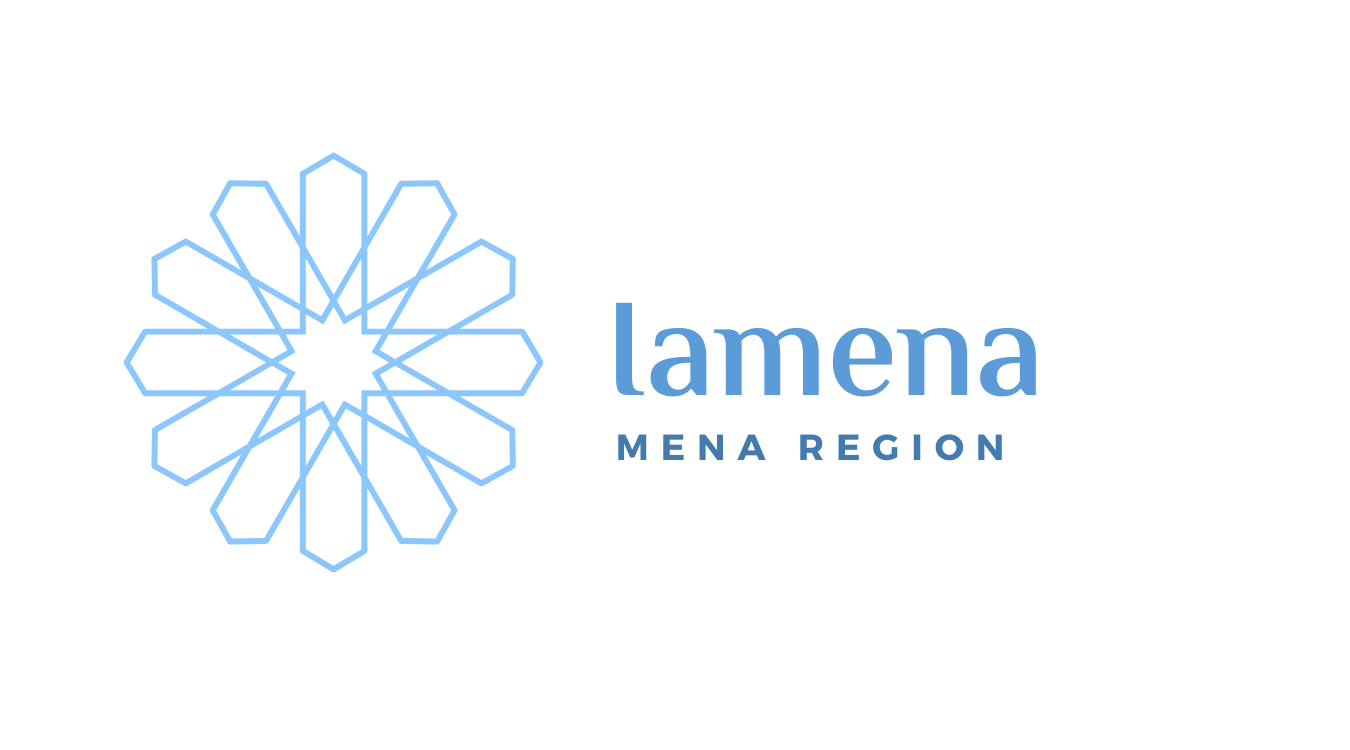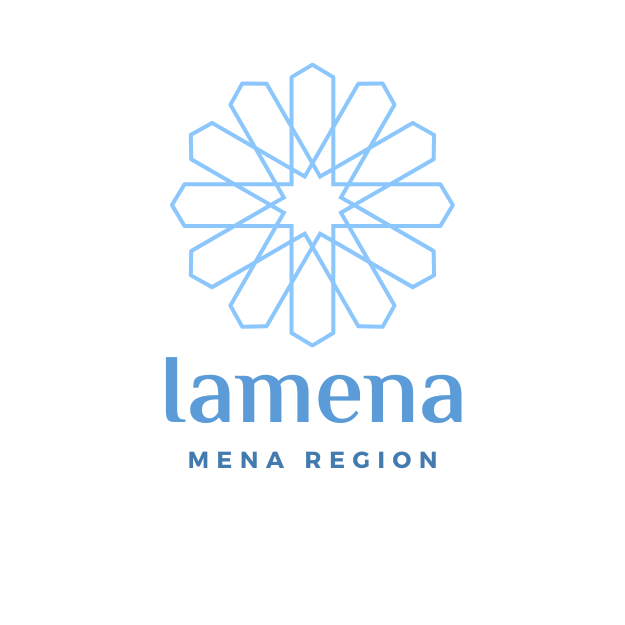Iamena is run by a team of highly driven professionals, all passionate about sharing the stories of Arabic World across the region and the world.
Countries
From Morocco to Oman, and from Turkey to Comoros. Our country pages provide you with a one-stop Menapedia of everything you could possibly want to know about each of the 25 countries in MENA region. From basic facts and figures to live social media feeds, this is where you will find the most extensive and up to date coverage of every country on the region. Our live Twitter feeds let you know what is happening in the country up to this minute, while our Tumblr feeds give you a deeper sense of what bloggers in the country are saying right now. If you want to know traditional media’s views on what is important today in that country, our headline news provides just that. The following countries are typically included in MENA: Algeria, Bahrain, Comoren, Djibouti, Ethiopia, Egypt, Iran, Iraq, Jordan, Kuwait, Lebanon, Libya, Malta, Morocco, Mauritania, Oman, Qatar, Saudi Arabia, Syria, Sudan, Tunisia, Turkey, United Arab Emirates, Palestina and Yemen.
BAHRAIN
Bahrain is an island at the heart of the Arabian Gulf, connected directly to Saudi Arabia by the King Fahd Causeway. The GDP valued 32.8 billion USD in 2013 with a growth rate of 5.6 %. Its economy is well diversified; the Oil & Gas Sector contributes around 20% for Bahrain’s GDP. In many global indices, Bahrain is ranked favorably: it is first in ease to start a business, has the lowest cost of living and is the most economically free nation in the MENA region. Also in overall quality of life, ease of access to loans, quality of infrastructure and labor market efficiency Bahrain scores high.
NAAR PROJECTPAGINA GAAN
EGYPT
Linking North Africa to the Middle East, Egypt is with over 86 million inhabitants the most populated country in the MENA region. The majority of the population lives in the fertile regions around the Nile, with the capital Cairo as the biggest city, followed by Alexandria, located on the Mediterranean coast.
NAAR DE BESTEMMING TOE
Though Egypt has one of the most diversified and developed economies of the middle east, the recent period of political turmoil has slowed down its economic growth. In 2013, Egypt’s GDP amounted 262 billion US dollars, with a real growth rate of 1,8%, compared to 5,1% in 2010 . However, current statistics reveal that the growth rate has been picking up since the beginning of 2014: the country’s current GDP of 272 billion showed a growth rate of 3.5% in September 2014.
IRAQ
Iraq’s economy predominantly depends on its oil production; 84% of the country’s export consists of crude oil.
NAAR PROJECTPAGINA GAAN
Despite the political turmoil of the past years, which is still continuing in parts of the country, Iraq’s GDP is growing with an impressive 6,8% – in 2013 the GDP amounted 221,8 billion USD. Dutch exports to Iraq include mainly machineries, means of transport, electronics and medical equipment. However, Iraq is in high need of a range of goods and services in order to rebuild the country and the government of Iraq is eager to attract foreign direct investment. Shortages are most importantly in Infrastructure, Essential Services and Agriculture.
In the recent years, numerous inbound and outbound trade missions have taken place, on the sectors Agriculture, Water Management, and Energy.
JORDAN
In Jordan, significant economic reforms implemented by King Abdallah have contributed to a moderate yet stable economic growth of around 3% per year and a GDP of approximately 34 billion USD.
NAAR DE BESTEMMING TOE
Trade figures with the Netherlands, however, are relatively modest: 267 million EUR worth of exports (mostly machineries and chemical products) and 23 million EUR worth of imports (mainly raw materials) from Jordan. Nevertheless, the relations between Jordan and other MENA countries are excellent on various fronts, such as between the trade communities. In 2013, Jordan was the 46th country to adhere to the OECD Declaration on International Investment and Multinational Enterprises, which aims to promote mutual investment between Jordan and other adhering countries.
KUWAIT
Kuwait is a geographically small country with a population of around 3 million, more than half of which are immigrants. Kuwait has a wealthy and relatively open economy. Its GDP is around 180 billion USD in 2013, nearly half of which is accounted for by petroleum. 95% of Kuwait’s export consists of petroleum; Kuwait’s import include food, construction materials, vehicles and parts and clothing. The economy is hardly diversified, however in 2010 an economic development plan was passed which is meant to diversify away from oil, attract more investments and boost private sector participation in the economy.
MOROCCO
Each year Morocco shows a stable economic growth of approximately 4,5%. It is a developing, demanding and growing market, providing opportunities to companies to grow and acquire market share in their respective field.
Morocco has capitalized on its proximity to Europe and relatively low labor costs to build a diverse, open, market-oriented economy. These developments have been backed by strong investment in infrastructure such as port developments, highways and rail. Morocco has also set up several strategic (Free) Trade Agreements with the U.S., the E.U., Turkey and Middle Eastern countries and attracts investors to its Free Trade Zones. A series of initiatives to improve the investment climate have been announced, with particular attention to off-shoring activities, automotive, aeronautics, electronics, food processing activities and textiles.


